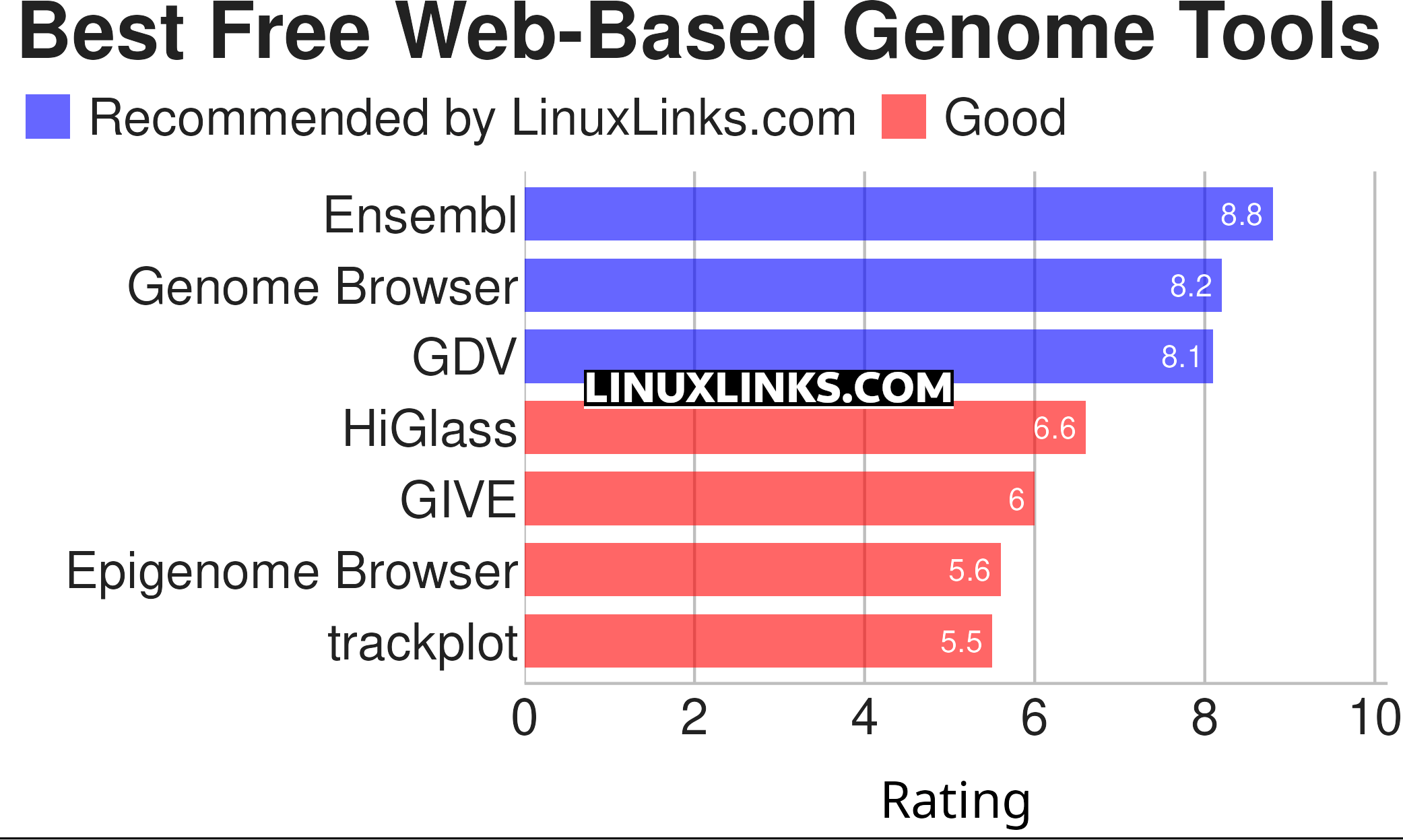In the fields of molecular biology and genetics, a genome is the genetic material of an organism. It consists of DNA (or RNA in RNA viruses). Each genome contains all of the information needed to build and maintain that organism. In humans, a copy of the entire genome—more than 3 billion DNA base pairs—is contained in all cells that have a nucleus. The study of the genome is called genomics.
In bioinformatics, a genome browser is a graphical interface for display of information from a biological database for genomic data. They are important tools for studying genomes given the vast amounts of data available. They typically load very large files, such as whole genome FASTA files and display them in a way that users can make sense of the information there. They can be used to visualize a variety of different data types.
Genome browsers enable researchers to visualize and browse entire genomes with annotated data including gene prediction and structure, proteins, expression, regulation, variation, comparative analysis, etc. They use a visual, high-level overview of complex data in a form that can be grasped at a glance and provide the means to explore the data in increasing resolution from megabase scales down to the level of individual elements of the DNA sequence.
There are a wide range of web based genome browsers. We’re going to restrict our selection to the top 7.

| Web-Based Desktop Genome Browsers | |
|---|---|
| Ensembl | Resource for geneticists, molecular biologists and other researchers |
| Genome Browser | Interactively visualize genomic data |
| GDV | Exploration and analysis of eukaryotic RefSeq genome assemblies |
| HiGlass | Explore and compare genomic contact matrices and tracks |
| GIVE | Genomic Interactive Visualization Engine |
| Epigenome Browser | Visualization, integration and analysis tools for epigenomic datasets |
| trackplot | Visualize various next-generation sequencing data |
Note: This Group Test excludes desktop based genome browsers for Linux. This is because we cover the best ones in this article.
This article has been revamped in line with our recent announcement.
 Read our complete collection of recommended free and open source software. Our curated compilation covers all categories of software. Read our complete collection of recommended free and open source software. Our curated compilation covers all categories of software. Spotted a useful open source Linux program not covered on our site? Please let us know by completing this form. The software collection forms part of our series of informative articles for Linux enthusiasts. There are hundreds of in-depth reviews, open source alternatives to proprietary software from large corporations like Google, Microsoft, Apple, Adobe, IBM, Cisco, Oracle, and Autodesk. There are also fun things to try, hardware, free programming books and tutorials, and much more. |
